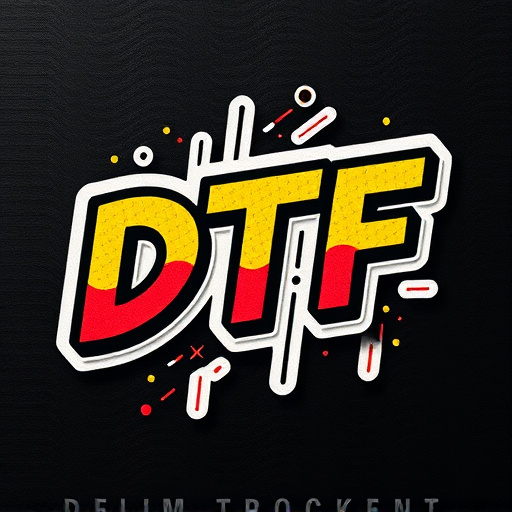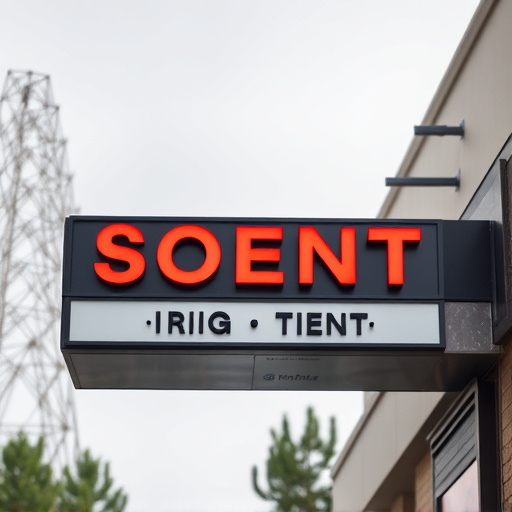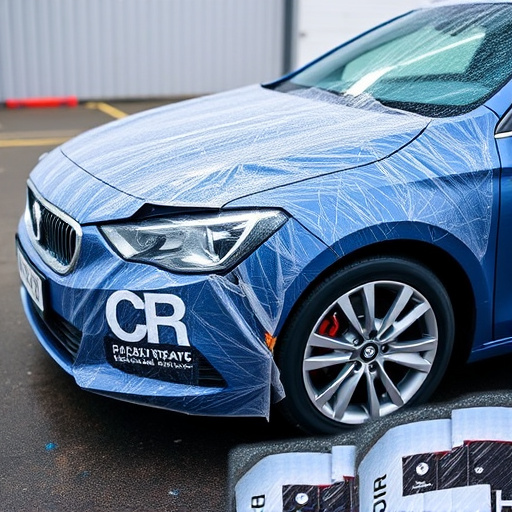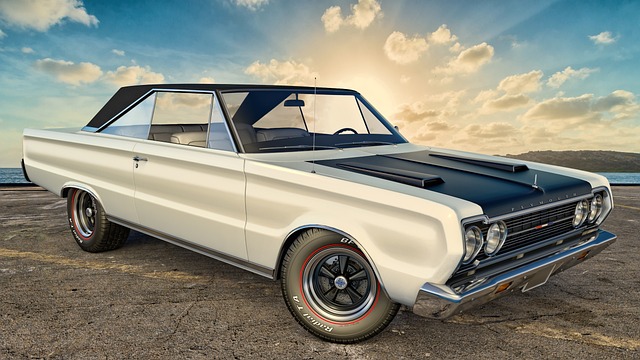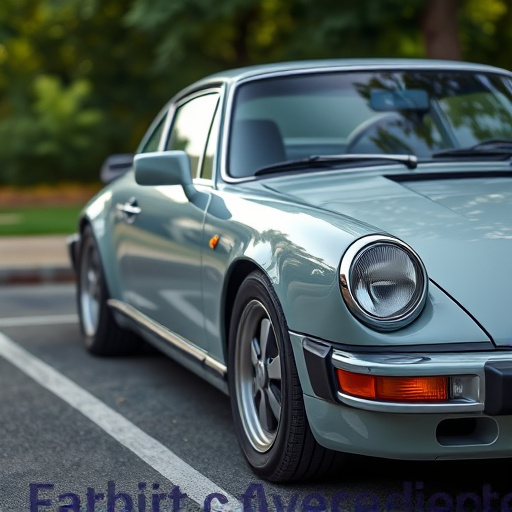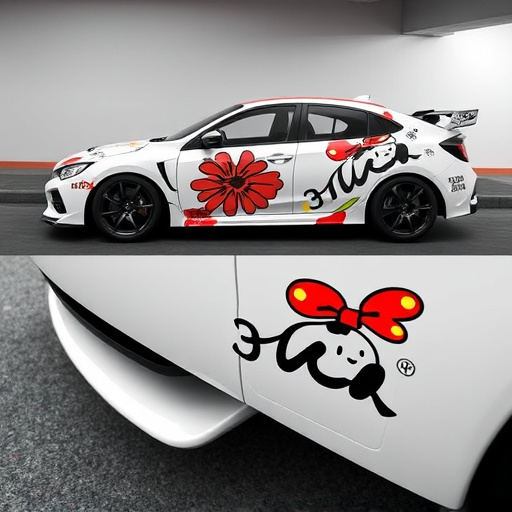Navigating the legal framework for car graphic design is crucial for professionals and entrepreneurs, ensuring compliance with federal, state, and local regulations. This includes permits, licenses, environmental standards, copyright laws, and trademark guidelines to protect original creations, avoid unauthorized replication, and prevent conflicts with vehicle enhancements like paint protection film. Staying current with regulations from transport authorities and industry bodies enables businesses to provide high-quality, legally compliant solutions for personalized car customization and cutting-edge vehicle graphics.
In the realm of automotive customization, car graphic design plays a vital role in expressing creativity while adhering to legal guidelines. Understanding the intricate legal framework surrounding this art is essential for designers and car owners alike. This comprehensive guide delves into the critical aspects you should know before embarking on your car graphic design journey, including permits, licenses, copyright, trademarks, and brand guidelines. By familiarizing yourself with these regulations, you ensure a smooth process and avoid potential legal snags.
- Understanding Legal Framework for Car Graphic Design
- Essential Permits and Licenses Required
- Copyright, Trademarks, and Brand Guidelines to Follow
Understanding Legal Framework for Car Graphic Design

Navigating the legal framework for car graphic design is an essential step for any entrepreneur or artist looking to adorn vehicles with creative artwork. This field is governed by a complex interplay of federal, state, and local regulations, ensuring consumer protection and maintaining safety standards. For instance, in many jurisdictions, obtaining proper permits and licenses is mandatory before applying graphics to public roads. These legal requirements vary widely, from registration for specific types of vehicle wraps to adherence to environmental standards when using certain adhesives or inks.
Understanding these guidelines is crucial for those offering professional PPF (Paint Protection Film) installation services or engaging in vehicle enhancement. Premium automotive services that involve extensive graphic design must ensure compliance to avoid legal repercussions and potential damage to their reputation. Staying informed about the latest regulations, from local transport authorities to industry-specific bodies, allows businesses to offer their clients high-quality, legally sound solutions, catering to trends like personalized car customization and cutting-edge vehicle graphics while adhering to the law.
Essential Permits and Licenses Required

Before diving into the creative process of car graphic design, it’s imperative to understand the legal landscape surrounding this industry. One of the primary considerations for designers and businesses offering car graphic services is obtaining the necessary permits and licenses. These legal documents are essential to ensure compliance with local regulations and can vary significantly depending on your location.
For instance, in many regions, a business operating in the automotive aesthetic sector needs to secure permits related to advertising, signage, or vehicle customization. For car graphic design involving vinyl wraps or vehicle wraps, which is a popular method for transforming the look of cars, trucks, and other vehicles, understanding local laws regarding vehicle protection and decoration is crucial. Ensuring you have all the required documents not only safeguards against legal repercussions but also demonstrates professionalism and attention to detail in your craft, car graphic design.
Copyright, Trademarks, and Brand Guidelines to Follow

When engaging in car graphic design, it’s crucial to navigate the legal landscape to ensure your creations don’t infringe upon existing intellectual property rights. Copyright laws protect original artistic works, including designs used on vehicles. This means that any unique graphics, logos, or illustrations you create for a client are yours alone and cannot be replicated without permission. For pre-existing designs, respect the copyright holder’s rights and seek licensing to use them legally.
Trademark considerations are equally vital in car graphic design. Trademarks identify goods or services from specific sources, so designing graphics that resemble or mimic another brand’s well-known logo or aesthetic could result in legal issues. Brand guidelines should be followed meticulously to ensure the client’s branding is accurately represented and doesn’t infringe upon any trademarked elements. Additionally, with popular vehicle enhancements like paint protection film and ceramic coatings gaining traction, being mindful of design elements that might conflict with these protective layers’ aesthetics is essential to avoid potential legal complications.
When engaging in car graphic design, understanding the legal framework is crucial for ensuring compliance and protecting your work. From obtaining necessary permits and licenses to adhering to copyright laws and brand guidelines, every aspect plays a vital role. By staying informed about these regulations, you can navigate the legal landscape confidently, ensuring your designs enhance vehicle aesthetics without any legal complications. Remember, knowledge of the essential permits, copyright considerations, and brand compliance is key to succeeding in the realm of car graphic design.


